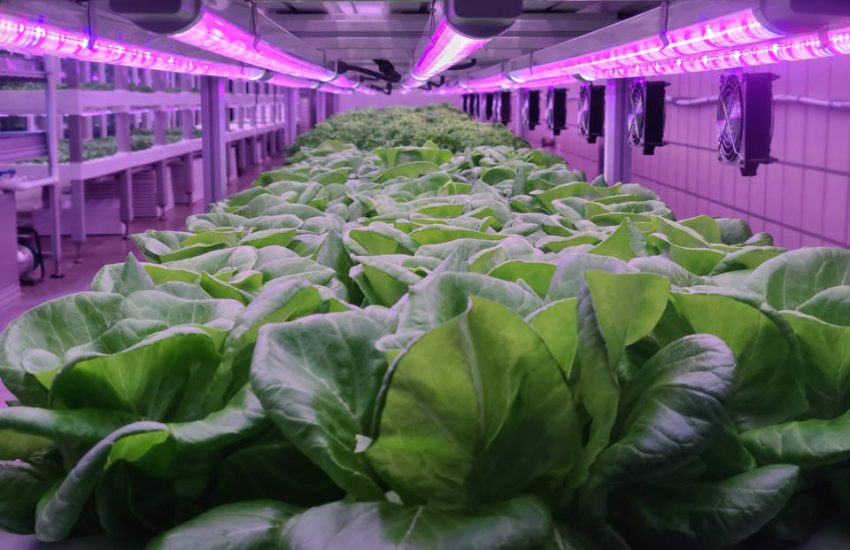How to Plant Carrot Seeds: A Step-by-Step Guide
Planting carrots from seed is a simple and rewarding process that can be done by anyone. Whether you are an experienced gardener or a beginner, planting carrot seeds is a great way to get started. In this article, we will provide a step-by-step guide on how to plant carrot seeds, from selecting the right seeds to harvesting your crop.

The first step in planting carrot seeds is to select the right seeds. Carrot seeds come in a variety of sizes, shapes, and colors, so it is important to choose the seeds that will work best for your particular garden. Some popular varieties include Nantes, Danvers, and Imperator. Once you have selected your seeds, you will need to prepare the soil. Carrots prefer loose, well-draining soil that is free of rocks and other debris.
To plant the seeds, you will need to create furrows in the soil that are about 1/4 inch deep. Space the furrows about 3 inches apart to give the carrots room to grow. Place the seeds in the furrows, spacing them about 1 inch apart. Cover the seeds with soil and water gently. Keep the soil moist but not waterlogged, and the seeds should germinate in about 7-14 days. With proper care and attention, you can enjoy a bountiful harvest of sweet, delicious carrots in just a few months.
Preparing the Soil and Planting
Choosing the Right Location and Time
Before planting carrot seeds, it is important to choose the right location and time. Carrots grow best in full sun and well-drained soil. They prefer a soil pH of 6.0-6.8 and sandy soil with organic matter. Carrots can be planted in the spring as soon as the soil temperature reaches 45°F, but they can also be planted in the fall for a late harvest.
Soil Conditions and Preparation
The soil conditions and preparation are important factors in growing healthy carrots. The soil should be free of rocks and debris to prevent crooked or stunted carrots. Raised beds are a good option for carrot planting because they provide good drainage and can be filled with loose, well-draining soil. The soil should also be worked to a depth of at least 8 inches to allow for proper root growth.
Planting Techniques for Carrot Seeds
Direct sowing is the most common method for planting carrot seeds. Carrot seeds should be planted 1/4 inch deep and 1-2 inches apart in rows that are 12-18 inches apart. The seeds should be covered lightly with soil and kept moist until they germinate. To prevent the soil from drying out, a layer of mulch can be added to the top of the soil. Carrots can take up to 2-3 weeks to germinate, so be patient.
In conclusion, planting carrot seeds requires careful consideration of soil conditions, location, and planting techniques. By following these guidelines, gardeners can grow healthy and delicious carrots in their own gardens.
Caring for Carrots and Harvesting
Watering and Nutrient Management
Carrots require consistent moisture to grow properly. Watering should be done regularly, especially during hot and dry weather. It is important to avoid over-watering as this can lead to rotting of the roots. Mulching can help retain moisture in the soil and also suppress weeds.
Carrots require a well-drained soil that is rich in nutrients such as nitrogen, phosphorus, and potassium. Fertilizer should be applied before planting and during the growing season to ensure healthy growth. Nitrogen is especially important for leafy growth, while phosphorus and potassium promote root development.
Thinning and Weeding
Thinning is important to ensure that the carrots have enough space to grow. Once the seedlings have emerged, they should be thinned to a distance of about 2-3 inches apart. Weeding should also be done regularly to prevent competition for nutrients and water.
Pest and Disease Control
Carrots are susceptible to a variety of pests and diseases, including carrot rust fly, aphids, and fungal diseases. Companion planting with plants such as onions and garlic can help repel pests. Regular inspection of the plants can help identify any problems early on, allowing for timely intervention.
Harvesting and Storing Carrots
Carrots are ready to harvest when they reach the desired size and color. The tops of the carrots should be gently pulled and twisted to remove them from the soil. After harvesting, the carrots should be cleaned and stored in a cool, dry place. Carrots can be stored in the refrigerator for up to several weeks. For long-term storage, they can be stored in a root cellar or other cool, dark location.
Overall, caring for carrots requires attention to watering, nutrient management, thinning, weeding, pest and disease control, and harvesting and storage. By following these guidelines, gardeners can enjoy a bountiful harvest of delicious, nutritious carrots.

